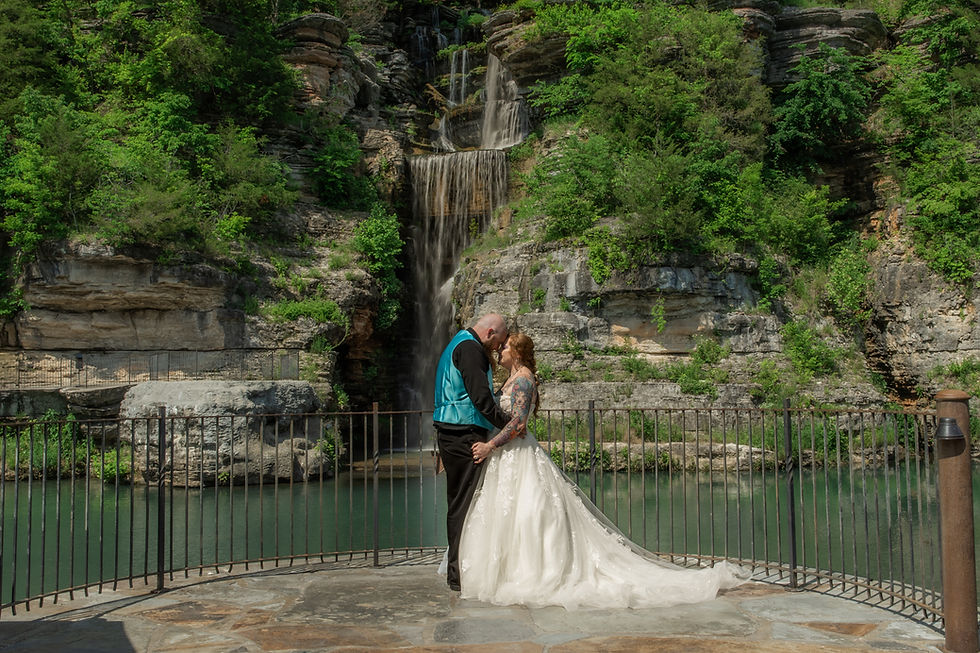Mastering Shutter Speed: A Beginner's Guide to Capturing Motion and Creativity
- Kerri Seichter

- Feb 16, 2024
- 2 min read

Shutter speed is a fundamental aspect of photography that allows you to control the motion in your images. Whether you're capturing the energy of a dance floor at a reception or the intensity of sports photography, understanding shutter speed is essential for taking your photography skills to the next level. In this comprehensive guide, we'll explore what shutter speed is, how it works, and how to break free from auto mode to experiment with different shutter speeds creatively.
What is Shutter Speed? Shutter speed refers to the amount of time that the camera's shutter remains open when taking a photograph. It's measured in fractions of a second, with faster shutter speeds capturing less motion and slower shutter speeds capturing more motion. Shutter speed plays a crucial role in freezing fast-moving subjects or creating intentional motion blur to convey a sense of action and energy.
Capturing Motion: One of the most common uses of shutter speed is to freeze motion in a photograph. For sports photography or any fast-moving subjects, a faster shutter speed (e.g., 1/500th of a second or faster) is typically required to freeze the action and capture sharp, detailed images. Experiment with different shutter speeds to find the optimal setting for the specific movement you're trying to capture.
Creating Motion Blur: On the other hand, intentionally slowing down the shutter speed can create captivating motion blur effects in your images. This technique is often used in scenarios like capturing the hustle and bustle of a busy street, the flowing water of a waterfall, or the dynamic energy of a dance floor at a reception. By using a slower shutter speed (e.g., 1/30th of a second or slower) and panning the camera along with the moving subject, you can create stunning images with a sense of motion and fluidity.
Breaking Free from Auto Mode: To start experimenting with different shutter speeds creatively, it's essential to break free from auto mode and take control of your camera settings. Begin by switching to shutter priority mode (usually denoted as "S" or "Tv" on your camera's mode dial), which allows you to manually set the desired shutter speed while the camera adjusts the aperture to achieve proper exposure.
Experimenting with Different Shutter Speeds: Once you've switched to shutter priority mode, start experimenting with different shutter speeds to see how they affect your images. Take photos of moving subjects using various shutter speeds, from fast to slow, and observe the differences in motion blur and sharpness. Don't be afraid to push the limits and try new techniques to capture unique and dynamic images.
Mastering shutter speed is a game-changer for photographers looking to capture motion and creativity in their images. Whether you're freezing fast-moving subjects or creating intentional motion blur, understanding how shutter speed works and learning to experiment with different settings will elevate your photography skills and expand your creative possibilities. So grab your camera, switch off auto mode, and start exploring the exciting world of shutter speed today. With practice and experimentation, you'll unlock a whole new realm of photographic expression and storytelling.
Ready to take control of your photography? Start mastering shutter speed today and unleash your creativity like never before.




Comments